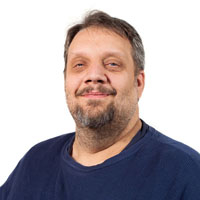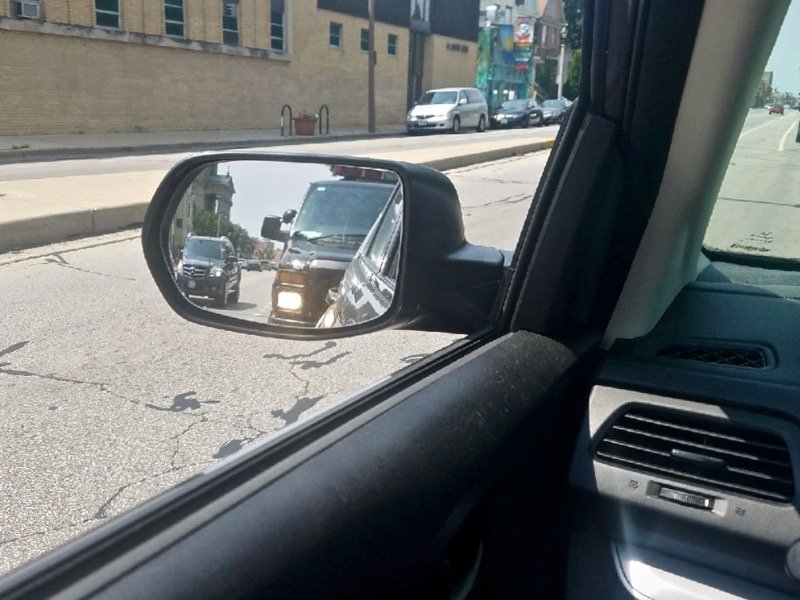Severe weather season is upon us. June, traditionally, brings the most active weather to Wisconsin, but with the different pattern we have experienced, forecasting has been pretty difficult.
In Oklahoma, part of the tornado alley of the American planes, severe tornadoes have taken out subdivisions, caused a number of deaths, and continue to leave destruction in their wake. On May 31, storm chasers Tim Samaras, his son Paul and Carl Young were killed in the round of tornadoes and severe thunderstorms that rocked El Reno near Oklahoma City.
"They put themselves in harm's way so that they can educate the public about the destructive power of these storms," Canadian County Undersheriff Chris West told the Associated Press.
Samaras spent decades covering storms, and even with his knowledge, the weather got the best of him. He was found, still wearing his seatbelt in his vehicle. The other two were pulled out of the car. One of them was found dead a half mile away.
"It is heartbreaking," said meteorologist Craig Koplein, who writes for OnMilwaukee.com. "I think sadly, we all feared this in the meteorology community."
Koplein said that with all of the different people tracking storms, that it was probably inevitable that there would be a loss of life.
"More and more people are chasing in the name of science or thrill seekers," he said. "It finally happened and it is heart breaking."
Koplein and I chatted about the unknown nature of storms, that there is so much more that needs to be learned about them. That’s especially true in prediction, where we agreed that if more was available on hand, that there wouldn’t be a need for as many weather professionals at each media outlet. There is some room for making a best guess based on the data, and while technology has helped, it hasn’t made it exact yet.
That speaks to the need for people to study weather, and tornadoes.
OnMilwaukee.com’s Molly Snyder interviewed local storm chasers last week.
"Generally speaking, storm chasing is not about tornado interception, it's about viewing the storm in its entirety, which means being a safe distance from the storm itself," said Shorewood’s Allison Silveira."There's nothing like witnessing nature's masterpiece with your own eyes, like going to a concert versus listening to an album."
In the case of Young and Paul and Tim Samaras, their chase was done in earnest for science.
"Out of all storm chasers he doesn't take chances, he's the one that puts the probes in the path of the tornado to learn more about them. He is not, you know, a young gun running around making bad decisions person, so I am so sad and shocked, it is such a loss for the community," ABC’s Ginger Zee said of Samaras.
Zee said Samaras left behind a legacy of work.
"He was a pioneer, he was getting things and teaching us things that no one else could do. This is a guy who was not just a meteorologist, he's an engineer, he's one of the smartest men I have ever met in my life," she said.
Yet, as these series of severe storms develop there are more than the professionals on the scene to be the next person to get their photo or video on the air.
"It is a really slippery slope," Koplien said, "that local TV stations, and national outlets, ask people to send in storm photos. They try to have anchors and reporters call on them to stay safe … to find a safe place to take those pictures."
Koplien said, that when we see the photos and video footage of storms on the plains, that the land is flat, and in most cases the tornado can be viewed from miles away. He said that true professionals know how these storms develop and how to approach them from the correct direction. But in some cases, it is difficult to predict.
The danger, I believe, is the person who is a thrill seeker, who wants a career in television. They may take chances they believe are needed to be discovered to land a gig. In my mind, the risk just isn’t worth it.
But Koplien had some great rationale on why research is still needed.
"The consequences of getting that is so dire. There are so many miles of wide open space … nothing there. Somehow (tornadoes) keep hitting populated areas as least a couple times a year … even given the odds are stacked against it. Even a threat, we have to take it seriously," he said.
He’s right.
Despite my pointing out the diminishing returns of what we know already and possible death in chasing after more scientific data, that a better prediction and warning system still needs to be developed.
Media is bombarding us everywhere.
Instead of sheltering his brain from the onslaught, Steve embraces the news stories, entertainment, billboards, blogs, talk shows and everything in between.
The former writer, editor and producer in TV, radio, Web and newspapers, will be talking about what media does in our community and how it shapes who we are and what we do.







